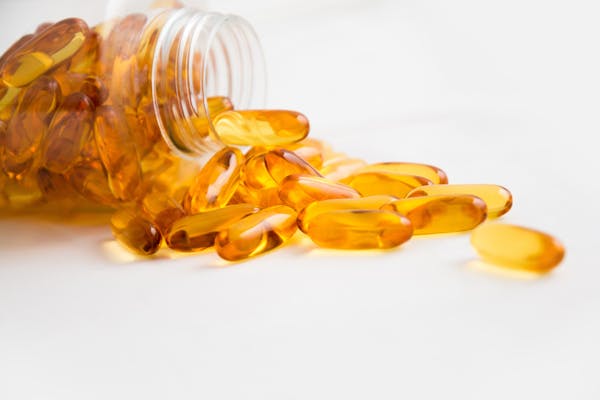
Intelligence
Can omega-3s slow down the aging process?
Study suggests omega-3s, vitamin D and strength training can slow biological aging and boost health in older adults.
Intelligence
Norwegian scientists are exploring if omega-3 fatty acids derived from fish eggs can boost recovery and healthy aging.

Intelligence
Study suggests omega-3s, vitamin D and strength training can slow biological aging and boost health in older adults.

Aquafeeds
Health Canada approves a novel omega-3 plant-based oil from canola for use in dietary supplements supporting health.

Intelligence
A new study found that higher omega-3 and omega-6 levels in fish oil may lower the risk of up to 19 types of cancer.
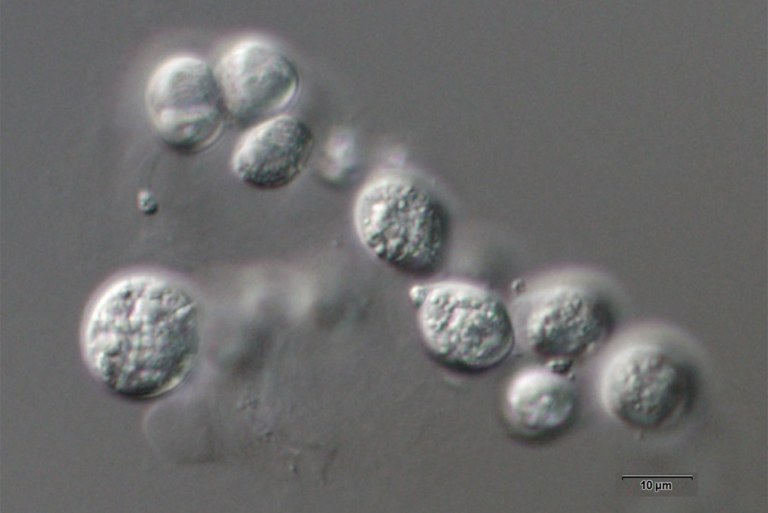
Health & Welfare
Cumulative mortality results showed that shrimp fed protists (containing Aurantiochytrium sp. meal) had higher survival when challenged with WSSV.
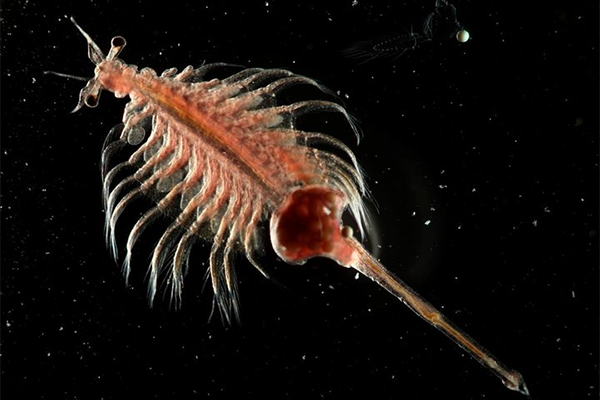
Health & Welfare
Feeding HUFA-enriched artemia to L. vannamei for 12 days significantly increases highly unsaturated fatty acid content in the shrimp postlarvae.
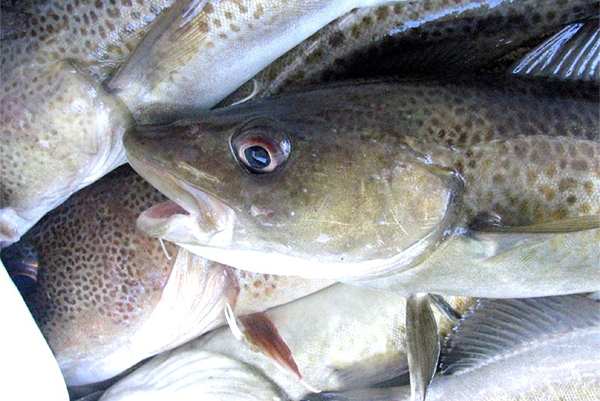
Fisheries
There is a large potential to upgrade currently wasted raw materials like cod residuals into high-quality marine oils for feed ingredients.

Aquafeeds
NaturAlgae, a dry powder with a high concentration of the omega-3 fatty acid DHA and other oils, can be added to aquaculture feed.
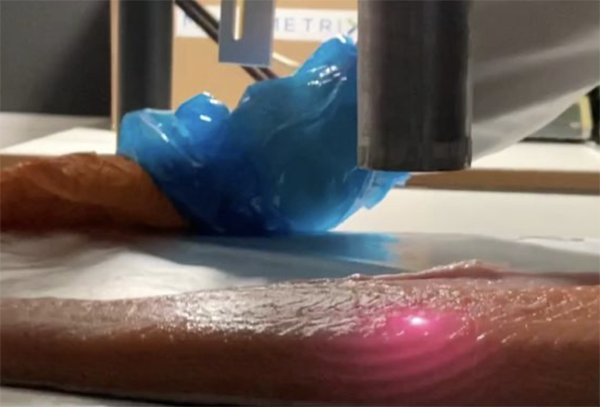
Intelligence
Norwegian research institute Nofima has developed methods for the rapid measurement of omega-3 fatty acids EPA and DHA in salmon fillets.
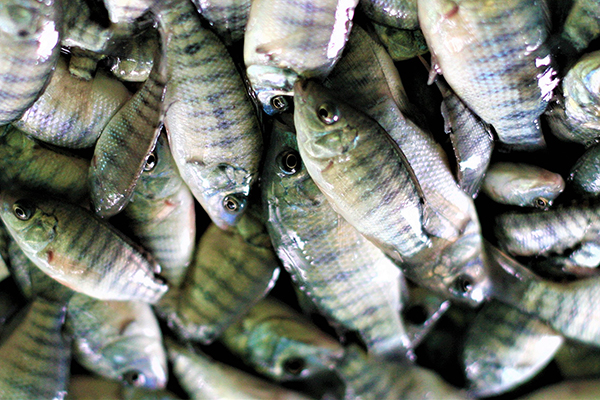
Aquafeeds
Nanoselenium supplementation increased its bioavailability and improved overall growth as well as the omega-3 fatty acid content of tilapia.
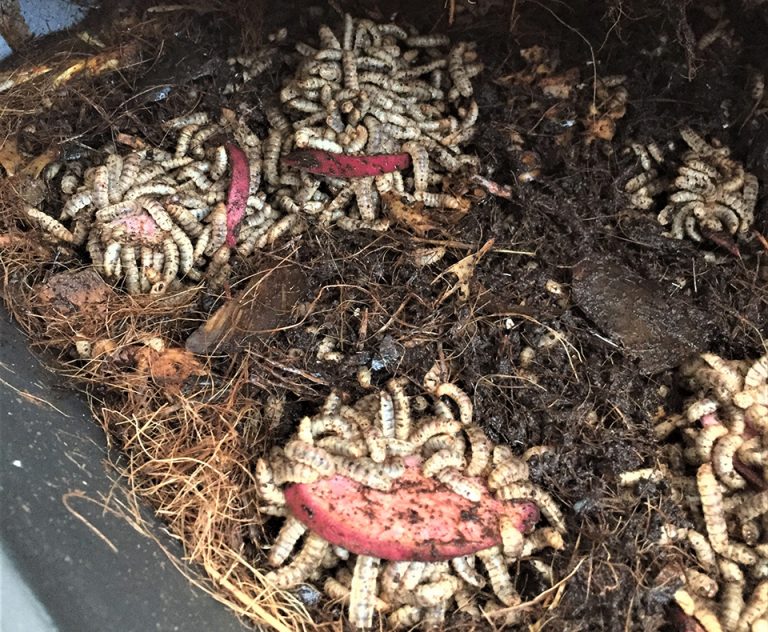
Aquafeeds
Black soldier fly larvae fed with marine-based substrates displayed an improved lipid profile with higher polyunsaturated fatty acid levels.
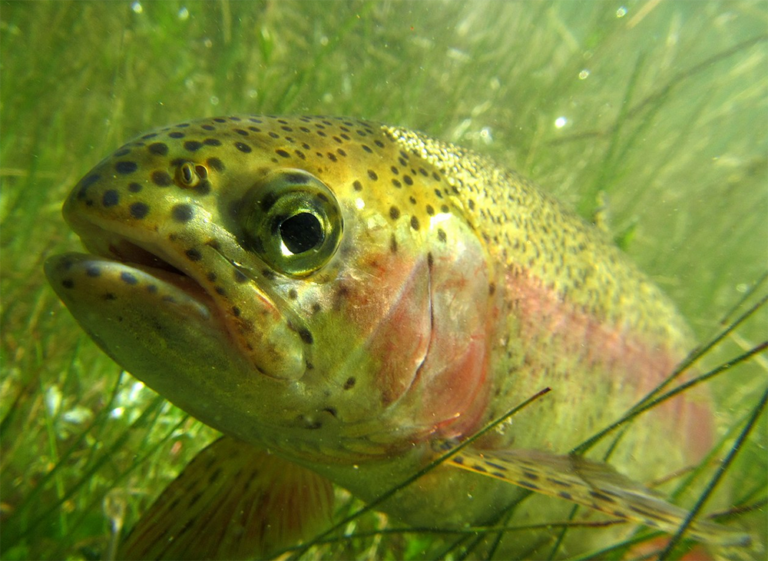
Aquafeeds
This study evaluated the effects of replacing fishmeal and fish oil with a plant-based diet in juvenile and on-growing rainbow trout from first-feeding.
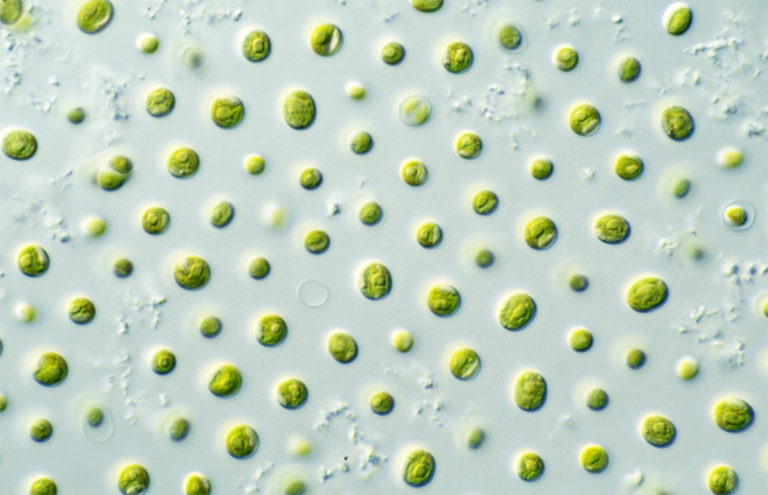
Aquafeeds
This study examined changes in the biochemical composition of the microalga Nannochloropsis sp. cultivated as a potential feedstock for aquafeeds, and presents results on its productivity, protein content and lipid composition.
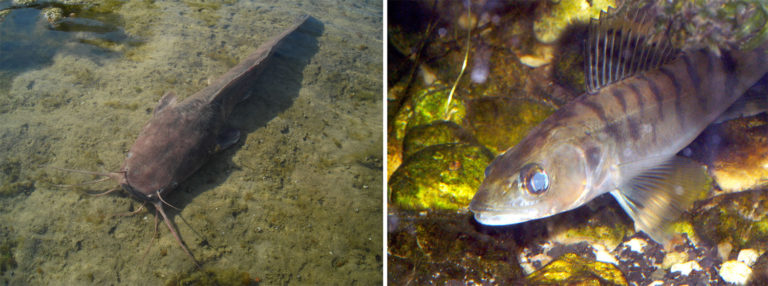
Responsibility
A study shows that wastewater from recirculating aquaculture systems is suitable for microalgal cultivation and that sludge amendment to the wastewater increases production.
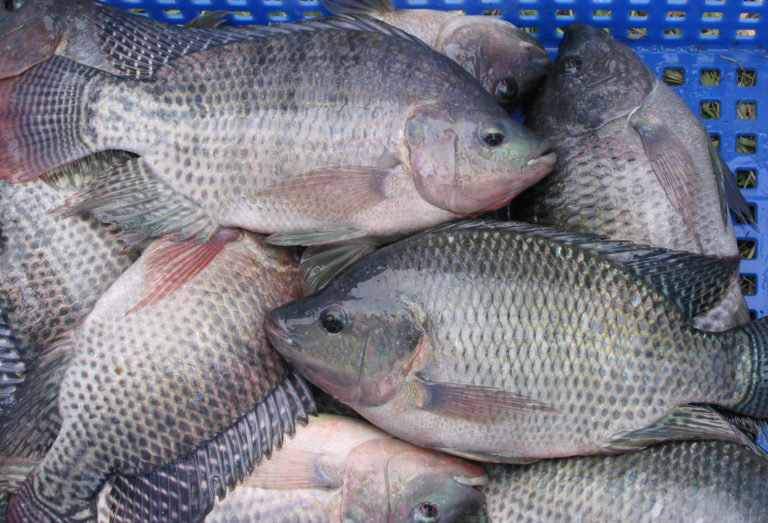
Aquafeeds
This study evaluated the effect of diets supplemented with fish oil and algae meal for LC-PUFA enrichment on juvenile Nile tilapia. The experimental diets have promise as a feasible option for enriching omega-3 content in tilapia fillets.
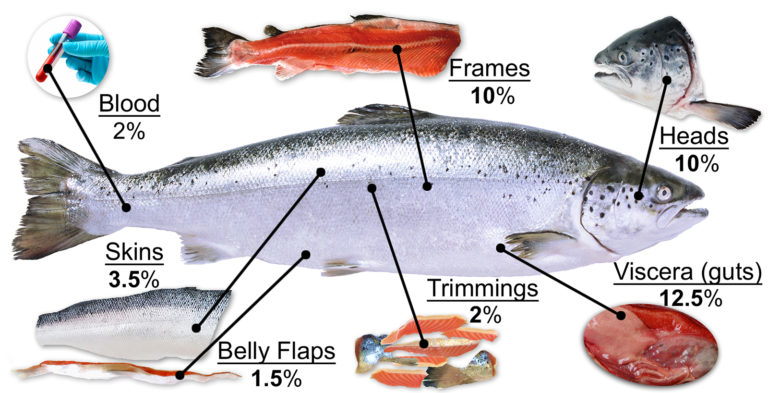
Aquafeeds
With byproducts representing between 25 to 50 percent of the weight of various fish species, we need to be looking at how the entire fish is being used: even the heads, guts and skin.